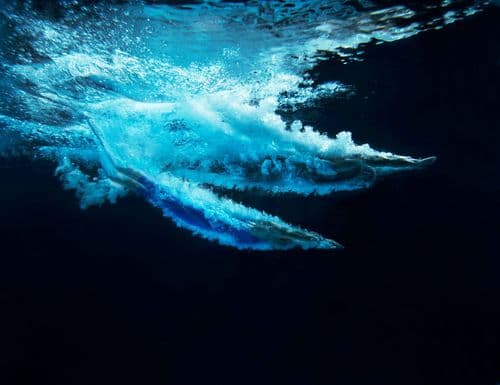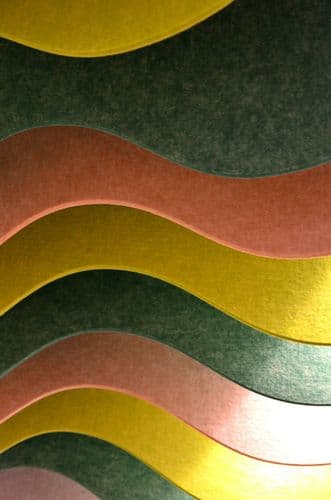Could you elaborate on the concept behind "Bio Co-Culture" and how you aim to inform people about the potential of organic and cultured materials obtained from SCOBY? What are some of the creative applications and fields you envision for these materials?
"Bio Co-Culture" is a collaborative initiative that I co-founded with my colleague as part of our broader mission to expand knowledge and awareness of biodesign and bioart throughout the Balkans. Our primary focus is on educating people about innovative organic and cultured materials like SCOBY (Symbiotic Culture Of Bacteria and Yeast), which produces a unique, sustainable biomaterial. This material holds incredible potential for applications in various creative fields, such as fashion, furniture design, and visual arts. By processing SCOBY, we can create materials similar to leather, which can be used for upholstery, clothing, or footwear, as its cellulose structure becomes strong and elastic through treatment.
Our broader aim is to foster a deeper understanding and appreciation of biodesign in the region, where this field is still underrepresented. We are actively working to encourage institutions, such as universities, to establish programmes or departments focused on biodesign and bioart. Through collaborations with initiatives like Creative Europe, we hope to inspire the next generation of designers, artists, and researchers to engage with these fields, empowering young people to explore sustainable solutions through biodesign.
Moreover, our project seeks to contribute to solving global challenges like climate change and environmental pollution. By demonstrating how organic and living materials can be harnessed sustainably, we aim to pave the way for more eco-conscious design practices across the Balkans. Ultimately, Bio Co-Culture strives to open up new avenues for research, innovation, and creative expression, while simultaneously promoting a more sustainable future.

As a biodesigner with expertise in SCOBY and biomaterials from organic waste, what inspired you to specialize in this unique area of research? How do you see SCOBY and biomaterials contributing to sustainable design and visual arts?
My inspiration to specialise in SCOBY and biomaterials from organic waste stems from a desire to bridge the gap between nature and design, and to find sustainable alternatives in an era where environmental concerns are becoming increasingly urgent. Early in my career, I realised that waste, especially organic waste, holds untapped potential and could be transformed into valuable resources. SCOBY, in particular, fascinated me because it is a living organism that grows and regenerates, offering a sustainable source of biomaterial that has versatile applications.
SCOBY and biomaterials have immense potential to revolutionise both sustainable design and visual arts. In design, SCOBY’s natural cellulose structure can be manipulated into materials that resemble leather, fabrics, or other textiles, making it a viable alternative to traditional materials that are often resource-intensive or environmentally harmful. Its biodegradability also ensures that products created from SCOBY won’t contribute to long-term pollution, offering a circular, eco-friendly solution.
In the visual arts, SCOBY and biomaterials allow for experimentation with living, organic textures and forms. These materials bring a new dimension to artistic expression, incorporating life cycles and organic processes into the work. Artists can explore themes of growth, decay, and regeneration through materials that change over time, making art not only an aesthetic experience but also a dialogue about nature, sustainability, and the interconnectedness of life.
In both fields, I see these materials inspiring a new wave of eco-conscious creators and innovators, paving the way for future designs and artworks that are not only visually compelling but also actively contribute to a more sustainable world.
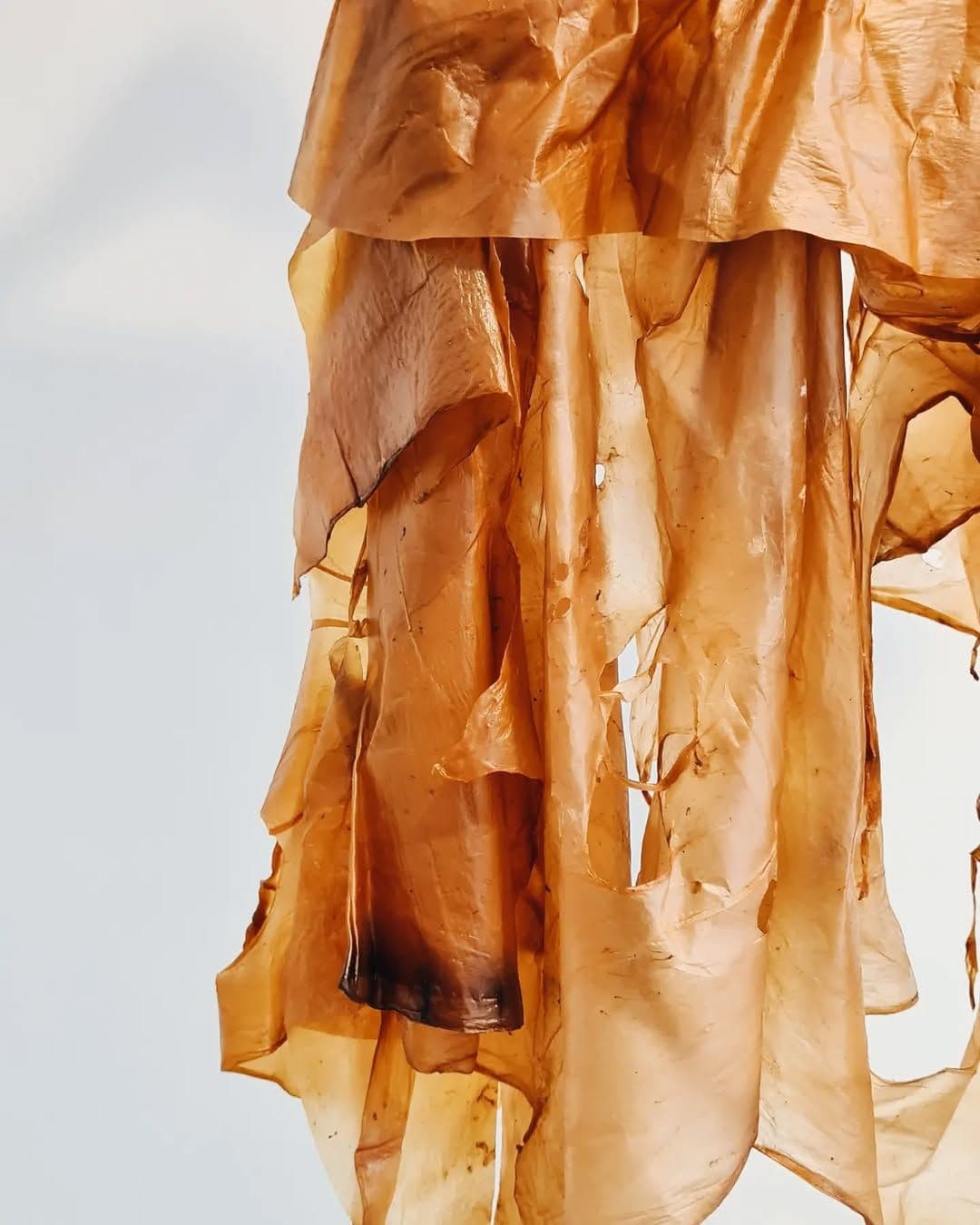
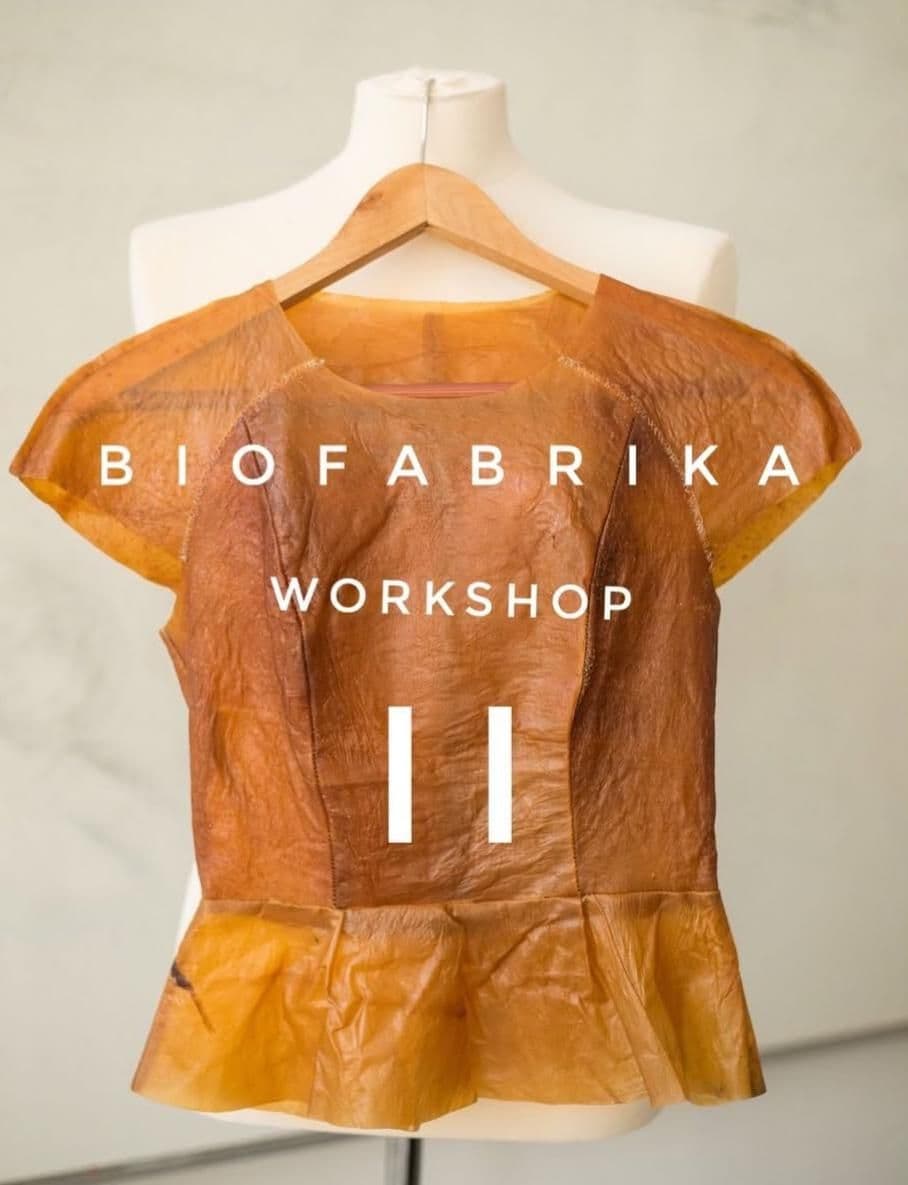
As a co-founder of Bio Co-Culture, what are the key objectives of the organisation in terms of educating people about biodesign and bioart in the Balkans? How do you envision creating a meaningful impact within the region?
As a co-founder of Bio Co-Culture, our key objectives are to raise awareness and promote the understanding of biodesign and bioart within the Balkans through innovative educational initiatives. We aim to create a dynamic platform that not only disseminates knowledge but also fosters collaboration among designers, artists, scientists, and the general public.
To achieve this, we plan to organise immersive workshops and hands-on projects that allow participants to experiment with organic materials and engage in the creative process. By inviting local artisans and environmental experts to lead these workshops, we can integrate traditional practices with contemporary biodesign techniques, ensuring that participants gain a comprehensive understanding of both the material and its cultural context.
Additionally, we envision establishing a travelling exhibition that showcases works created using biodesign principles. This exhibition would serve as a powerful visual tool to demonstrate the potential of living materials and inspire communities to rethink waste as a resource.
By leveraging social media and online platforms, we can expand our reach and engage a wider audience, facilitating discussions and sharing success stories that highlight the impact of biodesign on sustainability. Our ultimate goal is to cultivate a thriving network of innovators and changemakers who can lead the charge in addressing pressing environmental issues through the lens of biodesign and bioart in the Balkans.
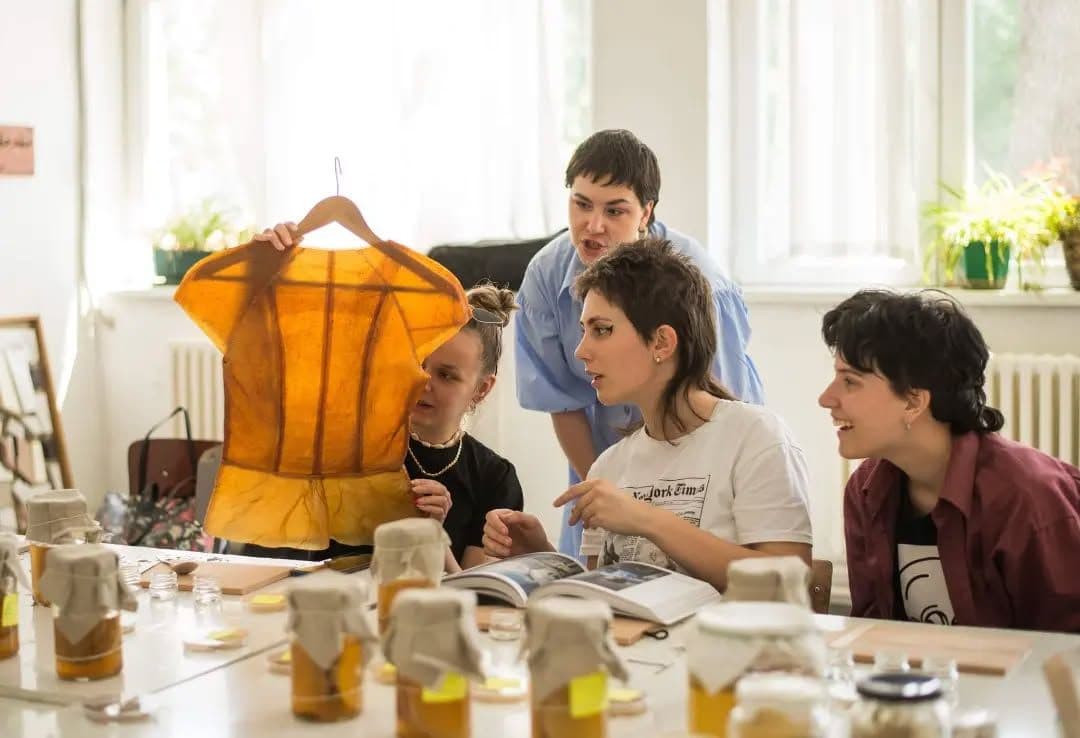

Your current focus on developing biomaterial products. What motivated you to explore eggshell waste as a biomaterial, and what potential do you see for its application in sustainable design and production?
My decision to explore eggshell waste as a biomaterial was influenced by the significant production and consumption of eggs in our country. Unfortunately, waste management systems here are not well-regulated, and as a result, eggshells, like much organic waste, end up in landfills without being sorted or utilised. In my initial research on solid organic waste, I recognised that eggshells possess a remarkable composition that lends itself to the creation of high-quality biomaterials—a hypothesis that was later validated through further experimentation.
Eggshells, composed primarily of calcium carbonate, offer properties that are both structurally and functionally advantageous. In fact, the biomaterial I have developed from eggshells exhibits characteristics that surpass traditional materials such as wood in terms of strength and sustainability. One significant advantage of eggshell biomaterial is its low susceptibility to mould growth; it does not absorb moisture from the environment, unlike other organic materials, such as coffee, which posed substantial challenges in my previous research.
Currently, I am working on designing furniture to demonstrate the functional versatility of this material, which can be applied across a wide range of industries, from interior design to packaging and beyond. What sets this biomaterial apart is its global recognition and patented status, further validating its potential in sustainable production. By utilising a waste stream that is both abundant and underutilised, I aim to contribute to a circular economy model that addresses both environmental challenges and material innovation. This work not only underscores the potential of eggshells as a sustainable resource but also illustrates how bio-design can offer practical solutions to waste management issues while advancing industries toward a more eco-conscious future.

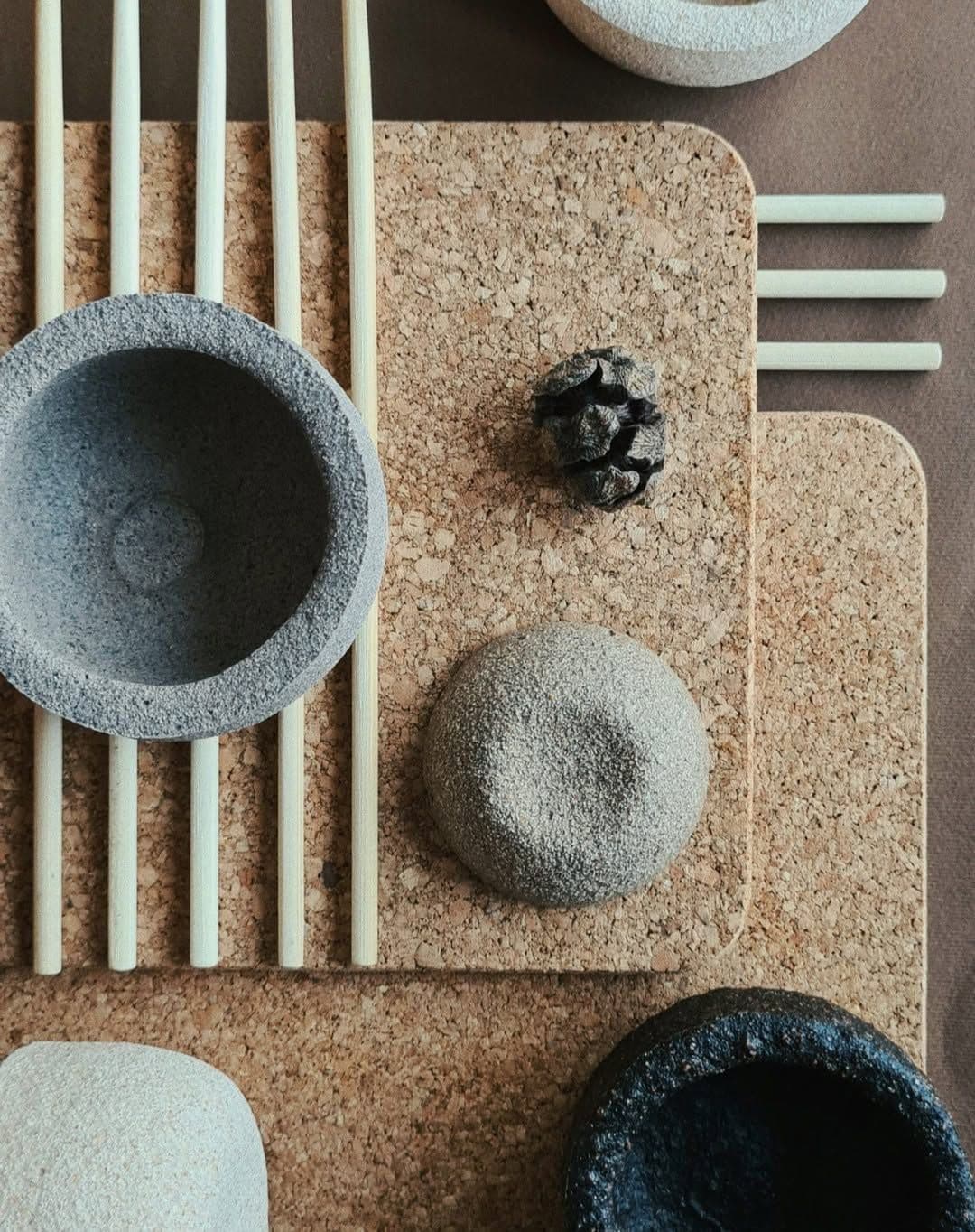
Looking ahead, what are your aspirations for the future of biodesign and the application of biomaterials? Are there any specific projects or collaborations you are particularly excited about that will further advance your field of expertise?
Looking ahead, my aspirations for the future of biodesign revolve around establishing a robust framework that integrates biomaterials into mainstream design practices. I envision a world where biomaterials are not just alternatives but are celebrated for their unique properties and aesthetic qualities. This requires fostering an ecosystem that encourages collaboration among designers, scientists, and industry stakeholders to create innovative solutions that address both environmental and societal challenges.
I am particularly excited about potential collaborations with academic institutions and research organisations to develop educational programmes that focus on biodesign principles and the science behind biomaterials. By engaging young designers and students, we can cultivate a new generation of innovators who understand the importance of sustainability and are equipped to incorporate biomaterials into their work.
One specific project I am eager to pursue involves creating a comprehensive exhibition that showcases the versatility of various biomaterials, including those derived from waste like eggshells and SCOBY. This exhibition would serve as an educational platform, demonstrating not only the aesthetic and functional capabilities of these materials but also highlighting their role in promoting a circular economy.
Additionally, I am exploring partnerships with industries such as fashion and furniture design to develop collections that emphasise sustainable production practices. By integrating biomaterials into high-visibility products, we can raise awareness and inspire others to consider the ecological impact of their choices.
In my ongoing journey, I am committed to continuously researching and innovating new biomaterials. I aspire to patent these materials and have them recognised globally for their unique applications. My goal is for my biomaterials to be utilised by various companies, enabling them to create their own sustainable products and contribute to a wider adoption of eco-friendly practices.
Ultimately, my aim is to contribute to a paradigm shift in design, where biomaterials become integral to the creative process, leading to innovative solutions that are both environmentally friendly and socially responsible. Through collaboration, education, and practical application, I believe we can significantly advance the field of biodesign and create a lasting impact on our planet.






